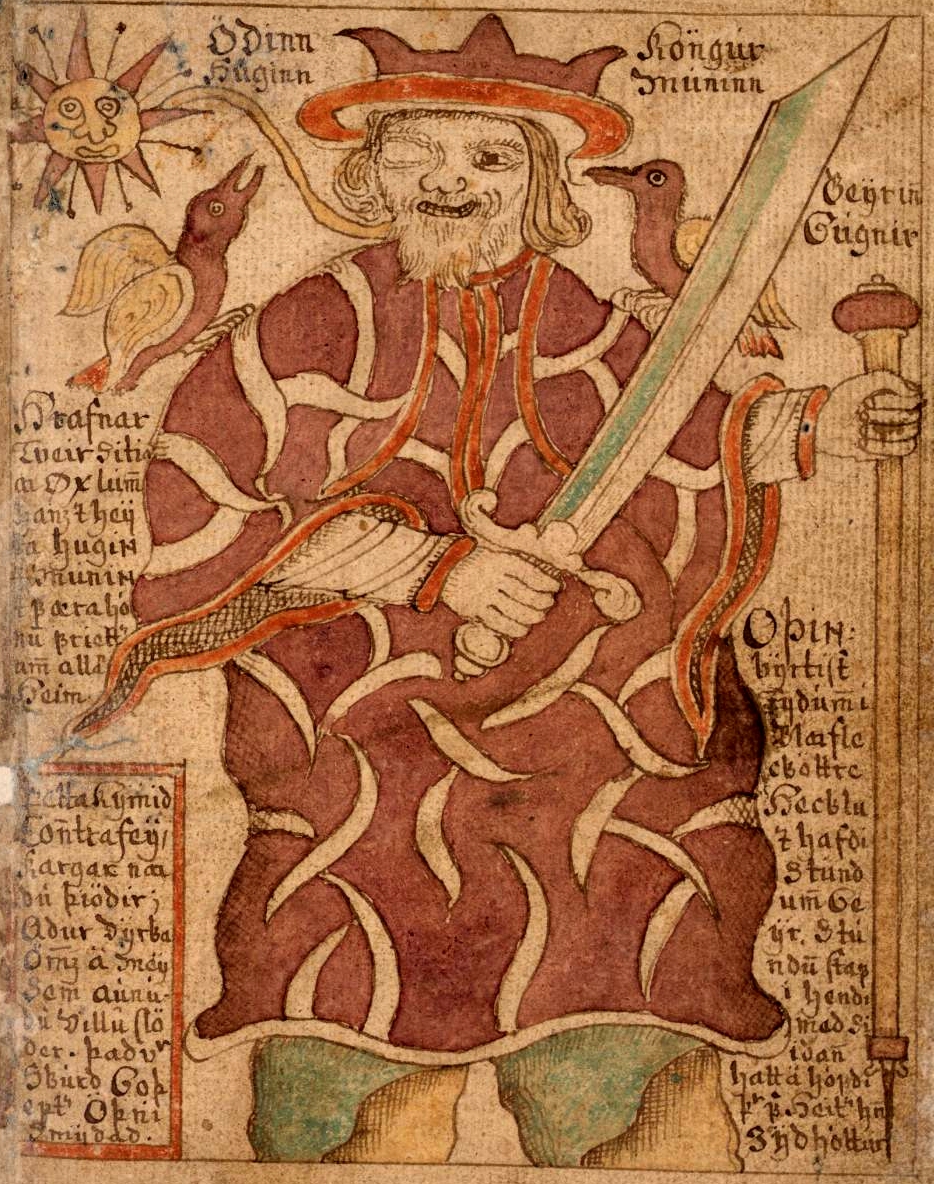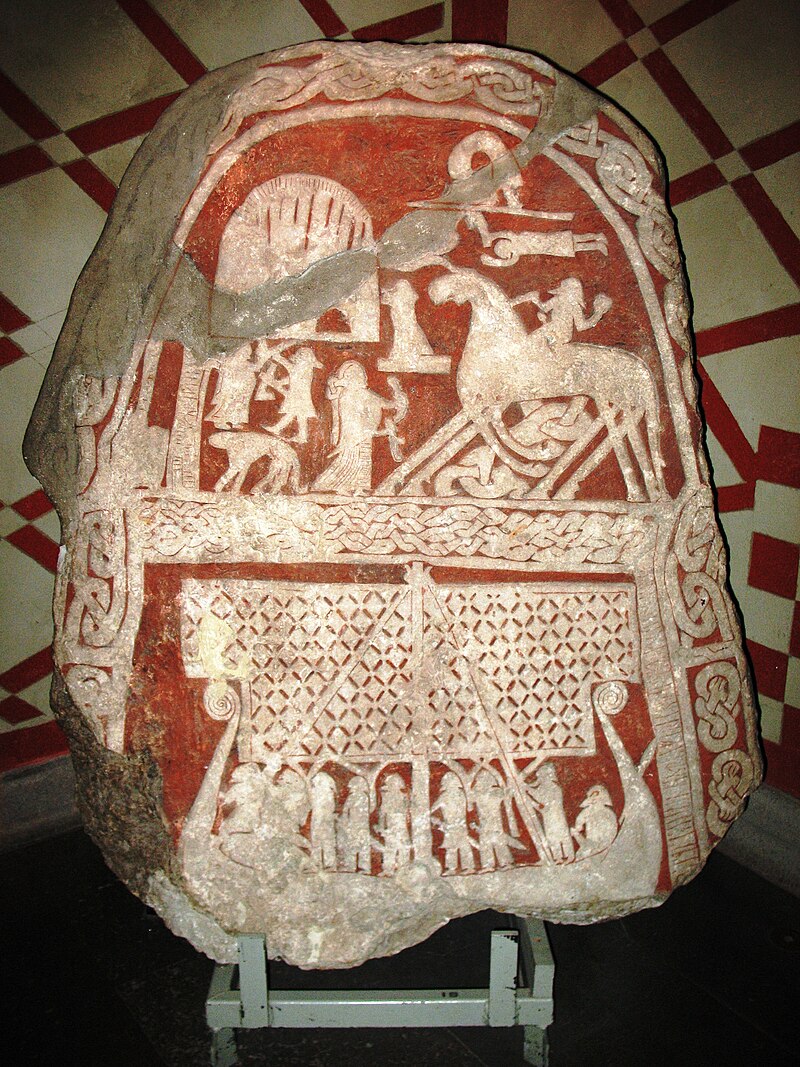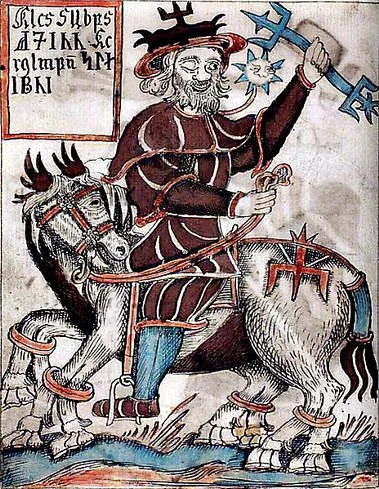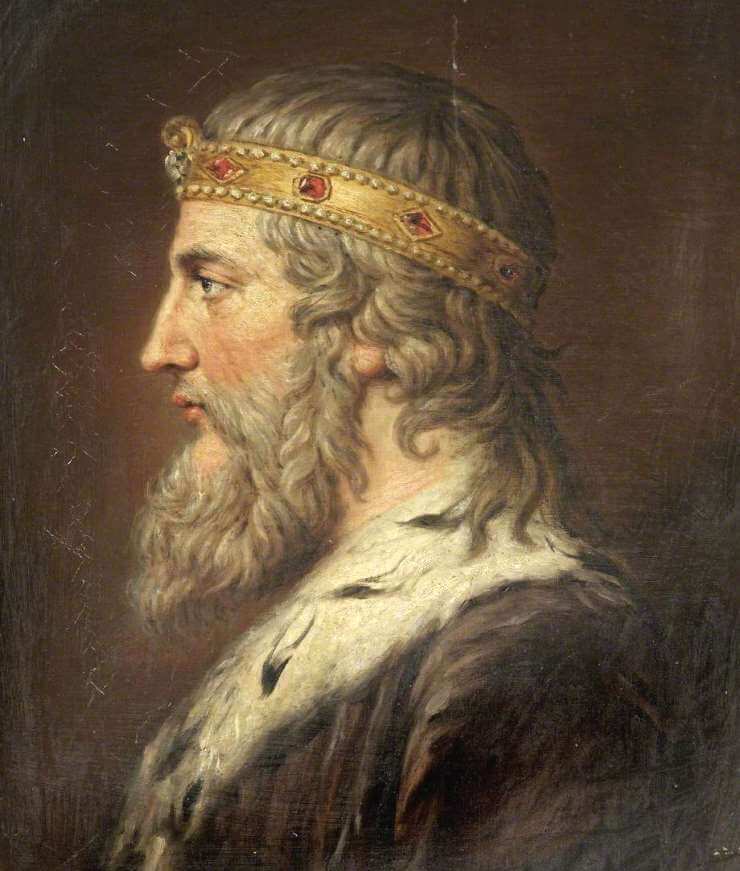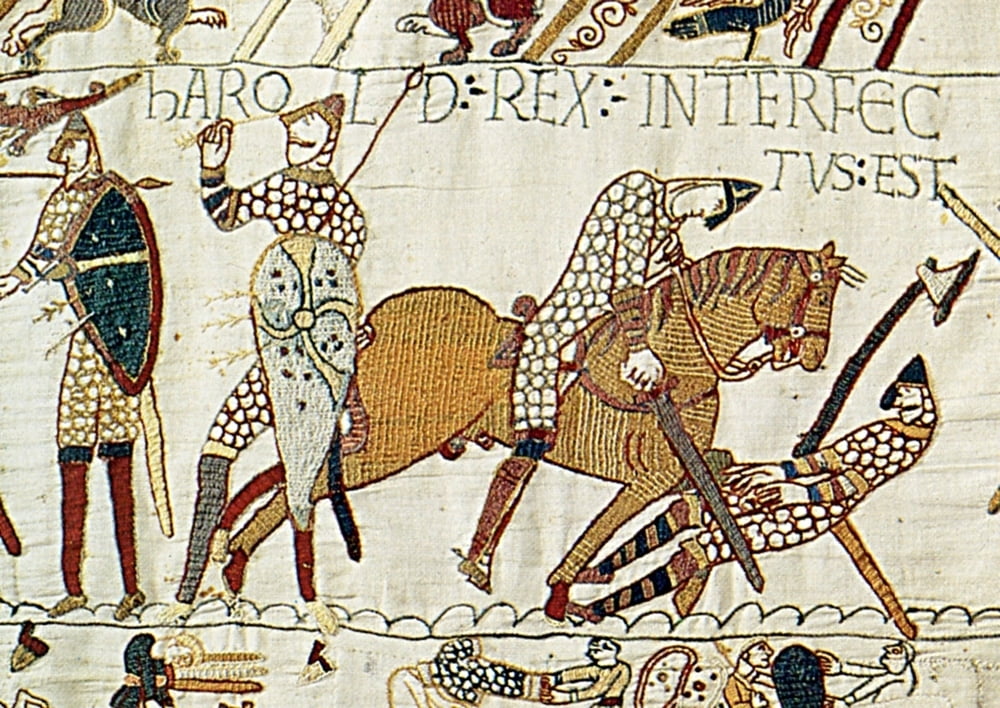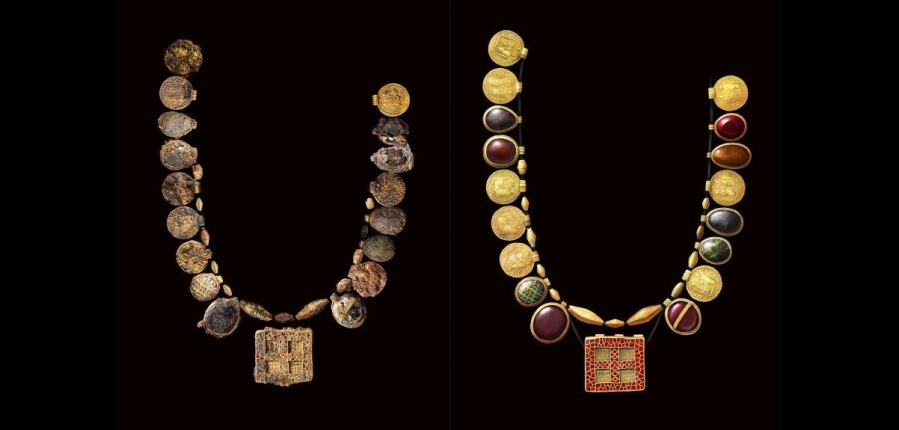Shuna
Star
- Joined
- Apr 6, 2018
- Messages
- 1,364
Come to think of it, quick note (I may have made some errors):
The book of the dead in Egypt, represents on the parchment. Those who are condemned to hell, represented by a beast, whose mouth is equal, to the hole of hell (to the lake). And on the other, Paradise, represented by a field of reeds (which we cannot see). If the heart (the physical body is heavier, or the bad intentions are heavier. The body remains on earth (and in this case, this fact eaten by the beast, the soul is black in color). If the most is lighter, the soul goes to Heaven, the person has done, what he had to do on earth. And so the soul, at rest, goes to Heaven. The soul is therefore lighter than the body and is white That they can "purify", elevate through prayers, which are a source of energy.
The guardian of the dead, has a scale to see in which side it leans. The strings, which joins the plateau (the Man, the earth). Round for the physical heart and the spiritual heart. And whose strings go to a point, representing two pyramids (the pillars, are the obelisks, of each material). The guardian of the gates, can be linked to the 8-pointed star. Two squares form the star. One of the squares represents the mind, the other the body.
Another little note:
I just thought of Doctor Who and especially the Tardis, which is a public telephone to call the police. The telephone box, which has a line, like the old telephones, which make reference to the movement of the planets in the sky:

The pharaoh became the pharaoh after passing under a special room, which is similar to an English guard cabin. Where they had to communicate with the Gods, to become, Pharaoh (who was and represented the Gods, the 90% the Sun God, God of Upper Egypt).
The book of the dead in Egypt, represents on the parchment. Those who are condemned to hell, represented by a beast, whose mouth is equal, to the hole of hell (to the lake). And on the other, Paradise, represented by a field of reeds (which we cannot see). If the heart (the physical body is heavier, or the bad intentions are heavier. The body remains on earth (and in this case, this fact eaten by the beast, the soul is black in color). If the most is lighter, the soul goes to Heaven, the person has done, what he had to do on earth. And so the soul, at rest, goes to Heaven. The soul is therefore lighter than the body and is white That they can "purify", elevate through prayers, which are a source of energy.
The guardian of the dead, has a scale to see in which side it leans. The strings, which joins the plateau (the Man, the earth). Round for the physical heart and the spiritual heart. And whose strings go to a point, representing two pyramids (the pillars, are the obelisks, of each material). The guardian of the gates, can be linked to the 8-pointed star. Two squares form the star. One of the squares represents the mind, the other the body.
Another little note:
I just thought of Doctor Who and especially the Tardis, which is a public telephone to call the police. The telephone box, which has a line, like the old telephones, which make reference to the movement of the planets in the sky:

The pharaoh became the pharaoh after passing under a special room, which is similar to an English guard cabin. Where they had to communicate with the Gods, to become, Pharaoh (who was and represented the Gods, the 90% the Sun God, God of Upper Egypt).

